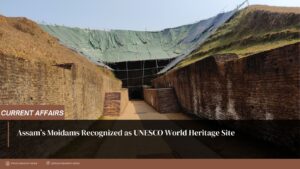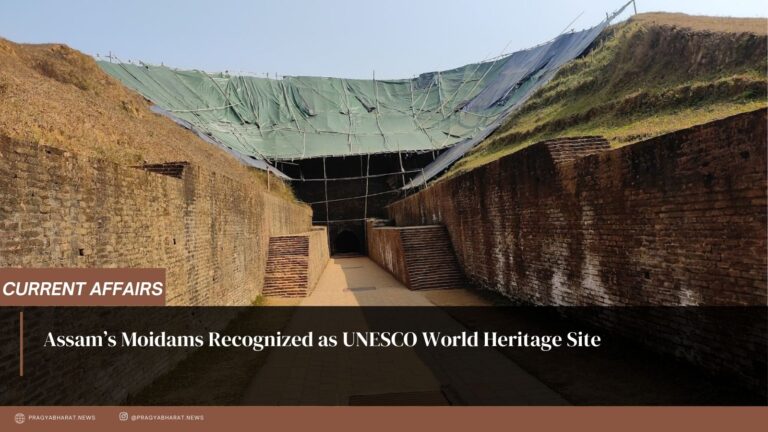In a significant development, the National Remote Sensing Centre (NRSC) has recently unveiled the Annual Land Use and Land Cover (LULC) Atlas of India. This unveiling marks a pivotal moment, offering a detailed analysis of land utilization patterns across the nation. The atlas provides crucial insights into the ever-changing environmental landscape of India.
Key findings from the atlas highlight notable trends in various aspects of land use and cover. Over the past 17 years, both Kharif and Rabi cropland have experienced considerable expansion, with Kharif and Rabi cropland witnessing increases of 46.06% and 35.23% respectively. Moreover, areas under double, triple, or annual cropping have surged by an impressive 82.22%. However, there has been a concerning decrease in fallow land, diminishing by 45.19% during the same period. Notably, shifting cultivation exhibited an upward trend until 2016-17, after which it began to decline.
The atlas also sheds light on the state of water resources in India. It highlights a significant increase in the minimum water body surface area, boasting a remarkable 146% growth since 2005.
Furthermore, built-up land has seen a noticeable uptick, registering an overall growth of 30.77% since 2005. This expansion encompasses areas with buildings, paved surfaces, commercial and industrial sites, as well as urban green spaces. Interestingly, the conversion of wastelands has played a pivotal role, contributing to a 12.3% increase in built-up areas.
Several factors have been identified as drivers behind the observed changes in land use and cover. These include improved availability of farm inputs such as enhanced irrigation facilities, rapid urbanization, and ongoing infrastructure development initiatives.
The release of the LULC Atlas of India by the NRSC holds significant implications for policymakers, researchers, and stakeholders alike. It equips them with invaluable data and insights crucial for informed decision-making and the formulation of sustainable land management practices. As India continues its journey of rapid development amidst environmental changes, such atlases serve as indispensable tools for monitoring and comprehending the evolving landscape of the country.


















+ There are no comments
Add yours